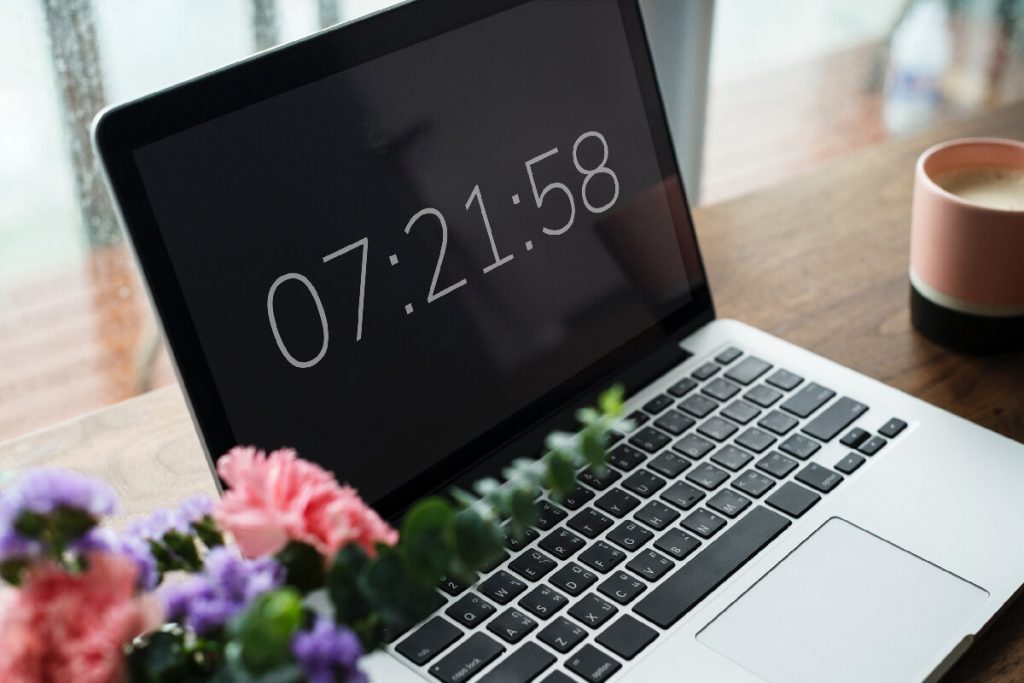It’s pretty easy to get started on Pinterest as a blogger. In all honestly, it’s the most important platform for me because it’s the one that brings me the most amount of readers. While Pinterest can be considered as a social media platform, I think it’s far more than that. It’s a search engine and one very popular for people looking to travel.
The best thing about getting started with Pinterest is that it’s one of the least labour intensive platforms. I maybe spend once a week (if that) updating and scheduling my pins. I signed up for Tailwind App a couple of years ago and it was the best decision I did. You will have to pay for it but the cost is relatively low for an entire year.
Before you get started on Pinterest there are a few things you should consider:

Find your competitors: Searching for competitors is a great way to determine what others are pinning on the platform. To find your competitors, use the search tool on the Pinterest main page, search for the name of your competitors. If you can’t find them on Pinterest try searching for a link on their website.
Search your category: This is probably the most helpful way of determining what kind of pins are popular on Pinterest. In the search function pick some of your most popular destinations and see what kind of pins come up. This will show you what pins people resonate with (design and content) and give you some ideas to get started. I actually also use this function for blog post ideas when I have writer’s block.
Register as a business
When you register, sign up as a business. You can do this through the URL: https://www.pinterest.com/business/getstarted/
Once you have actually created the account there are 3 important things that you need to remember to include:
- An image of your logo
- A short bio of your blog
- The URL to your blog
Having these will help others find your page and your blog faster.

Pulling Content
The best way to build your follower base is by curating content. Creating boards and pinning content to them is the most effective way to do this, and will prevent your page from looking bare. This is where searching for your competitors or other bloggers will come in handy. Figure out what the best way is to segment your content: by city, country, type of travel, etc.
Remember, it’s important to create boards that are relevant to the posts you write on your blog. There’s no set number of boards you need to have as long as they make sense to your brand. When it comes to pinning content within them, the more pins you have the better. Sharing your own content is important but so is sharing content from other sources.
Rich Pins
Rich Pins are effectively branded images that contain extra information about your company and your website. Rich Pins give readers an enhanced experience meaning they are more likely to engage with your pin than one that is not enhanced. We won’t fully get into this topic here because setting up Rich Pins is a post itself but you should set these up.
To learn more details about Rich Pins and how to set them up click here.

Creating ‘Pinterest-worthy’ images
If you’ve ever scrolled through Pinterest you’ll know the type of images I’m talking about. They’re the longer images with text often overlaid. They really grab your attention quickly as you scroll through your newsfeed because the titles are even bigger than what you would find with Rich Pins, and more attention-grabbing.
The good news is you can create these images really easily yourself. There are a few different free tools out there for you to use but by far the most popular is Canva. The platform even has existing layouts that you can use and customize.
I actually use Canva every time. The one thing I would suggest is to create more than one pin for each blog post. That way you can get an individual blog post out on Pinterest multiple times without repeating the same image over and over again.
Analytics
Finally you can’t build a presence on social media without tracking analytics. Pinterest gives you the ability to access your analytics for free if you register for a business account. To access, all you have to do is log into http://analytics.pinterest.com/. If you’re already logged into Pinterest you should be connected instantly.

When it comes to tracking, the stats may seem overwhelming at first. I pay the most attention to the ‘Top Pin Impressions’ and also what pins are getting the most traffic back to my website. This gives you a better sense not only of what people are searching for but also shows what your audience engages with. Based on that you should have a good sense and idea of content that’s worth sharing to help grow your audience even more.
So there you have it – how to get started on Pinterest as a blogger. Before you get started, we should instill a small degree of caution; Pinterest can be addicting. I very often find myself going down the Pinterest wormhole.
As with anything, building a presence and an audience takes time. Hopefully these tips give you enough confidence to get started!




